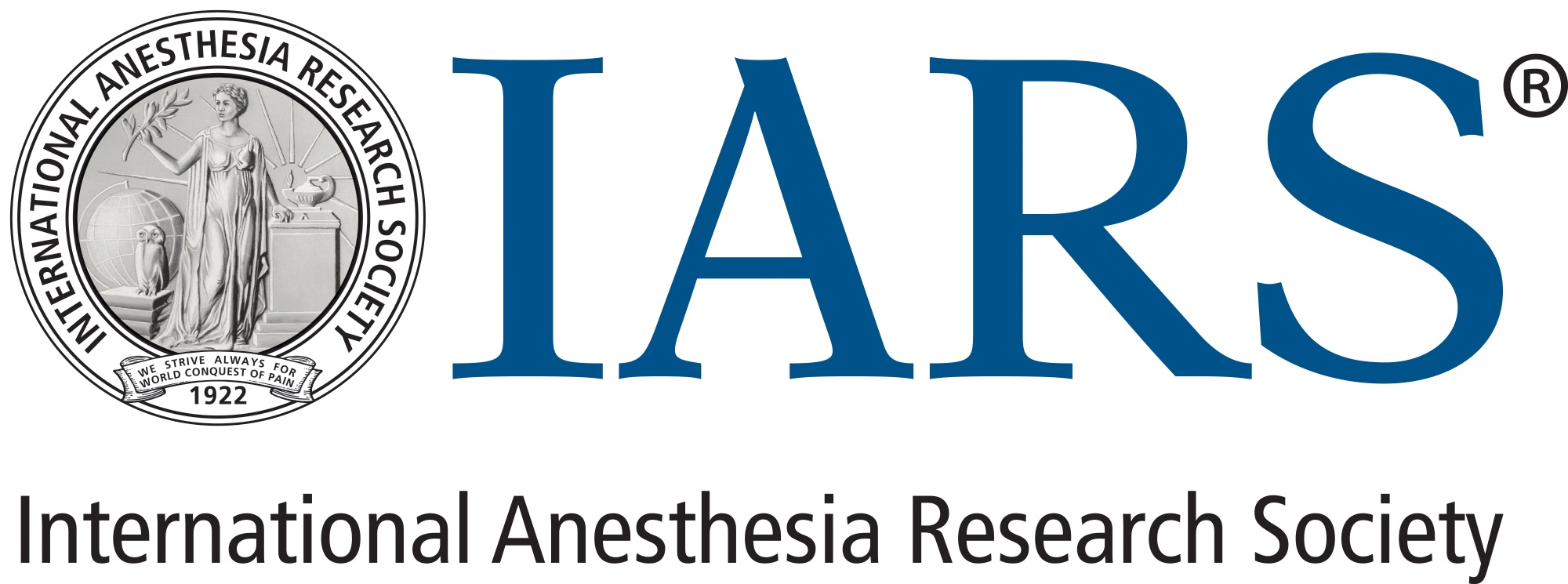New Insights for Detecting Long-term Brain Function Alterations in Non-Human Primates
An Interview with Abstract Presenter, 2019 Kosaka Best of Meeting Award Winner in Basic Science Research and SmartTots Investigator – Dr. Viola Neudecker
 Viola Neudecker, MD
Viola Neudecker, MD
Associate Research Scientist
Columbia University
New York, NY
Abstract Title:
Alterations in Amygdala Functional Connectivity in Juvenile Non-Human Primates 2 Years after Anesthesia Exposure during Infancy
Category: Neuroscience in Anesthesiology and Perioperative Medicine
Poster #: 44
Poster Presentation:
Poster Session G: Saturday, April 15, 2023, 11:00 am – 12:00 pm MT, Centennial A-D, The Hyatt Regency Denver at Colorado Convention Center
Viola Neudecker, MD, discovered her current area of research, anesthesia-induced developmental neurotoxicity, by chance when she reached out to Columbia University’s Anesthesia Department Chair, Dr. Ansgar Brambrink, upon moving to New York City in 2018. As one of the very few researchers exploring this area of investigation in the nonhuman primate (NHP) model, Dr. Brambrink offered her a glimpse into an intriguing field that would rapidly consume her interest — the neurobehavioral consequences of early-in-life anesthesia exposure. Now an Associate Research Scientist at Columbia University, she remains fascinated with this topic and continues to make strides in finding new pieces to the puzzle behind how anesthesia exposure causes neurobehavioral impairments in exposed children later in life. In 2019, she received the Kosaka Best of Meeting Award in Basic Science Research in recognition of her investigations on the effects of anesthesia exposure on glial fibrillary acidic protein expression in the visual cortex of juvenile NHP. Today, she continues to advance this field of study with her current research from the Brambrink Lab, representing a new approach that provides evidence that neuroimaging (MRI) can be used to detect long-term brain function alterations caused by early-in-life anesthesia exposure in NHPs. She presented these intriguing findings during a poster session on Saturday, April 15 at the IARS 2023 Annual Meeting. Below, she extrapolates on the implications of this research and how these results may impact patient care in children in the future.
1. For this research, you are…
Investigator: Associate Research Scientist and first author of this work
2. What drew you to the anesthesiology specialty?
What I always found attractive about this specialty is the diverse medical field. The physician has the opportunity to provide care for patients of all ages with a broad range of medical conditions, and to work in very different settings, from working in an intensive care unit to doing anesthesia in a private practice. I always interpreted this diversity of the specialty to come with a high chance for being a long-term satisfying and flexible work opportunity.
3. What drew you to this area of research?
During my medical studies and while starting my specialty training for anesthesiology, I always pursued research actively in parallel. Over the time, working in different basic science laboratories, it became more and more important to me to do research in anesthesia-related projects. When my husband and I moved to New York City in 2018, I got in contact with Dr. Ansgar Brambrink, Chair of the Anesthesia Department at Columbia University, and he introduced me to the field of anesthesia-induced developmental neurotoxicity (AIDN). I was fascinated about this field and ever since, strove to extend my knowledge about the neurobehavioral consequences of early-in-life anesthesia exposure. I am extremely thankful that I got the opportunity to work in Dr. Brambrink’s research group as he is not only an expert in the field, but also one of the very few studying AIDN in the NHP primate model.
4. What are the goals you most want to accomplish in your work with this project (or projects)?
Millions of children require anesthesia exposures for diagnostic or surgical interventions. There is a concern that early-in-life anesthesia exposure causes neurobehavioral impairments of the exposed children in their later life. While the effects may be subtle, the impact of those effects on the individual may change their future development, even their career and life path. Clinical studies in the field are very challenging to interpret because any effect of anesthesia cannot be readily differentiated from the underlying or perioperative factors. Ethical limitations do not allow studying the impact of the anesthetic itself in children. However, studies in NHPs, which can be anesthetized with methods resembling those used in children, and are very close in their neurobehavioral development and behavioral repertoire, present a feasible alternative. Our current study represents the very first approach providing evidence that neuroimaging (MRI) can be used to detect long-term brain functional alterations caused by early-in-life anesthesia exposure in NHPs.
5. What is the potential impact of your research on the field of anesthesia and patient care?
With the first results from our NHP study using MRI as an outcome measure tool to detect AIDN, we demonstrated an approach that can be easily translated and validated in children. Our results suggest that MRI technology, which is noninvasive and routinely used in clinics, may facilitate developing an approach to detect children with anesthesia-induced alterations in brain function that may develop behavioral impairments later in life.
6. How is your current research project influenced by your initial 2019 Kosaka Best of Meeting Award in Basic Science Research project?
The 2019 Kosaka Best of Meeting Award in Basic Science Research has been an extraordinary stimulus to continue my research and specifically to keep investigating the consequences of early-in-life anesthesia exposures using our NHP model. Together with my colleagues, I was able to identify behavioral changes associated with anesthesia exposure during infancy. The work that I am presenting at the IARS meeting this year summarizes our recent neuroimaging analysis of MRI data collected from the same NHPs. Our novel findings show an important relationship between alterations in functional connectivity of specific brain areas with the behavioral alterations, and structural alterations previously reported and recognized with this prestigious award.
7. What are the benefits of presenting your research during poster sessions at the IARS Annual Meeting?
Presenting our research to an experienced and scientifically engaged audience in person is essential in driving new ideas, and in critically approaching future steps that we want to take. In my experience, conversations during interactions in those poster sessions can have lasting impact on the investigator and their future research.
8. Outside of your research, what might someone be surprised to learn about you?
That, even though I am a very organized person, who aims to plan any details in advance, my life went very differently than I would have imagined, because as much as I love detailed planning, I enjoy taking new opportunities that come by unexpectedly.
9. Is there anyone else you wish to acknowledge as part of this research team?
Absolutely, working closely together with my colleague Dr. Jose Perez-Zoghbi, this work presented here would not have been possible without the research’s head, Dr. Ansgar Brambrink, and the excellent team at the Oregon National Research Primate Center that we collaborate with, as well as the experts in neuroimaging studies, Dr. Oscar Miranda-Domínguez and Dr. Damien Fair, currently at Minnesota University.
“The 2019 Kosaka Best of Meeting Award in Basic Science Research has been an extraordinary stimulus to continue my research and specifically to keep investigating the consequences of early-in-life anesthesia exposures using our nonhuman primate (NHP) model. Together with my colleagues, I was able to identify behavioral changes associated with the anesthesia exposure during infancy. The work that I am presenting at the IARS meeting this year summarizes our recent neuroimaging analysis of MRI data collected from the same NHPs. Our novel findings show an important relationship between alterations in functional connectivity of specific brain areas with the behavioral alterations, and structural alterations previously reported and recognized with this prestigious award.”
– Viola Neudecker, MD, 2019 Kosaka Best of Meeting Award Winner in Basic Science Research and SmartTots Investigator
International Anesthesia Research Society
